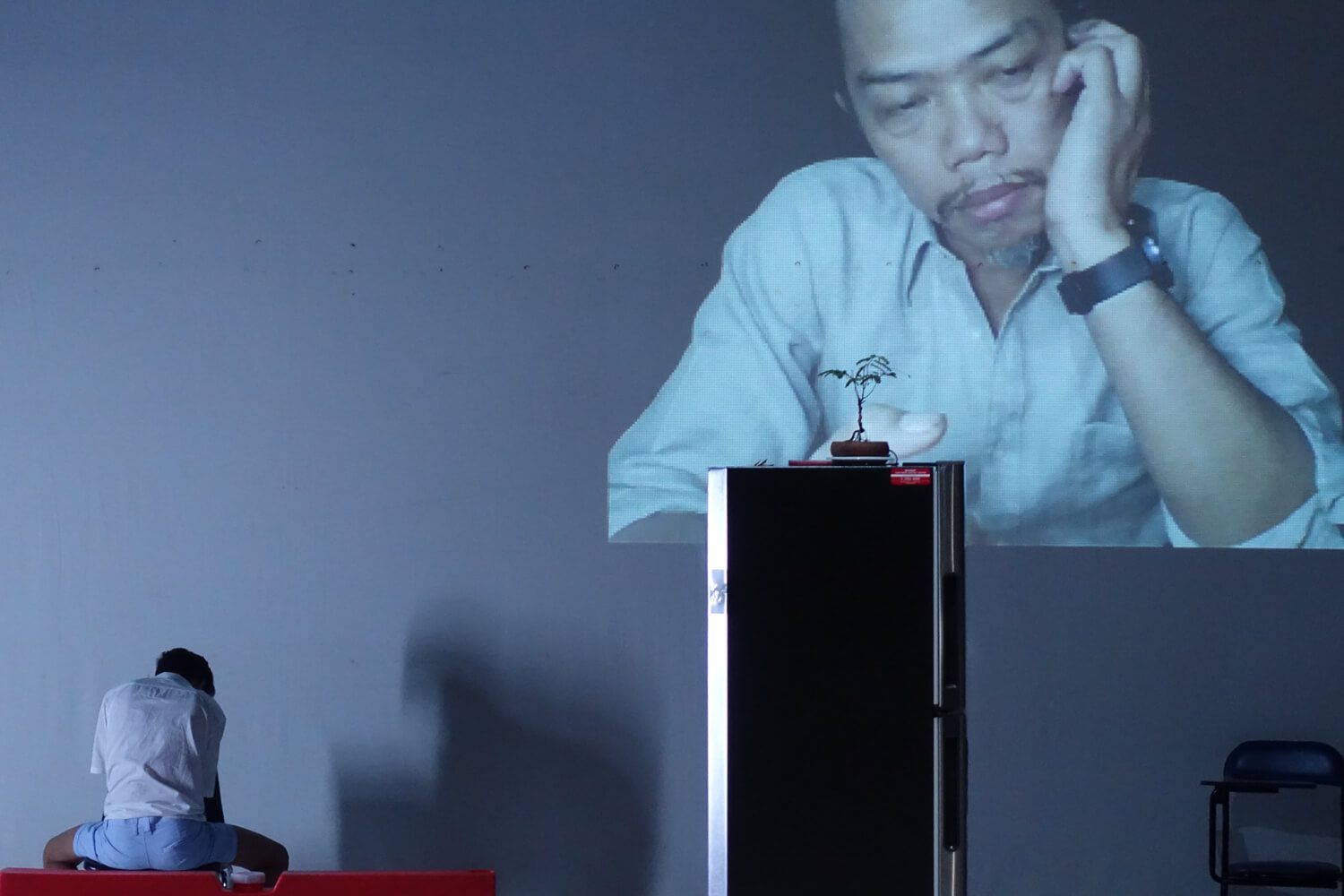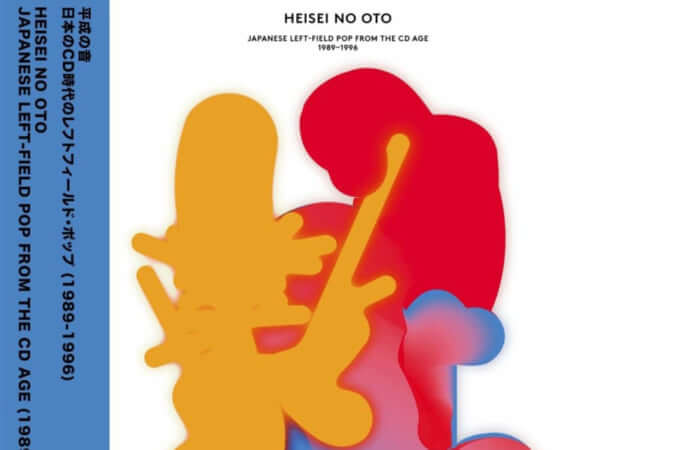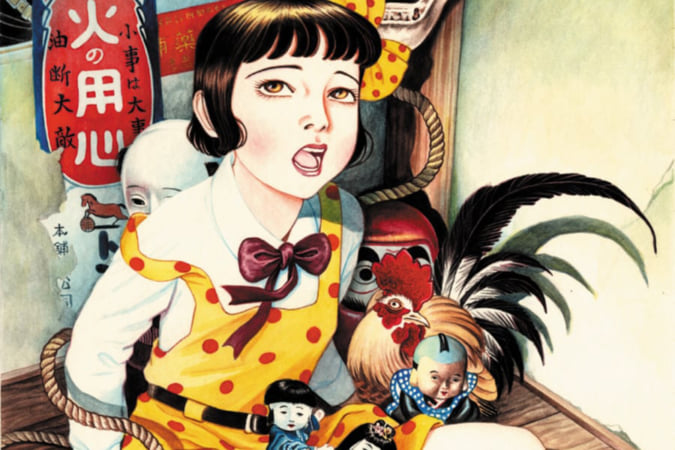‘Pratthana – A Portrait of Possession’ by Toshiki Okada at the Centre Pompidou
Adapted from a novel by Thai author Uthis Haemamool, this play depicts the love life of a painter in light of the country's recent history.

‘Pratthana – A Portrait of Possession’ © Sopanat
Following the success of his play Five Days in March (2004), staged in Paris in autumn 2017, renowned Japanese director Toshiki Okada presented his most recent work, Pratthana — A Portrait of Possession, at the Centre Pompidou from 13 to 16 December 2018. Adapted from the novel of the same name by Thai writer Uthis Haemamool, the epic play, lasting four hours and twenty minutes, retraced the existence of a painter and his tumultuous love life, while also addressing Thailand’s recent history.
Erasing borders
To stage Pratthana — A Portrait of Possession, the director, born in Yokohama in 1973, met with Haemamool for the first time in 2015 to discuss the novel, the underlying idea of which was ‘to interrogate the way in which “legitimate” history is constructed through the prism of the formation of the nation-state, and the way that this question can be aligned with those pertaining to the body.’ Through everyday depictions, the play explores issues in politics and the nation, control and power, desire and the body, looking for ways to erase borders and contours only to better transgress them.
Toshiki Okada is a firm fixture at the Festival d’Automne, having staged various plays there since 2008. The festival also features other Japanese artists, like Hideto Iwai.
Pratthana — A Portrait of Possession (2108), is a play that was staged by Toshiki Okada at the Centre Pompidou in Paris.

‘Pratthana – A Portrait of Possession’ © Sopanat
TRENDING
-
The Tattoos that Marked the Criminals of the Edo Period
Traditional tattoos were strong signifiers; murderers had head tattoos, while theft might result in an arm tattoo.

-
The Story of Sada Yacco, the Geisha who Bewitched Europe
Described by Dazed magazine as the first beauty influencer, she has been restored to her former glory since 2019.

-
Chiharu Shiota, Red Threads of the Soul
Last year, more than 660,000 people visited the retrospective 'Chiharu Shiota: The Soul Trembles' exhibit at the Mori Art Museum.

-
Japanese Left-field Pop From The CD Age, 1989-1996
‘Heisei No Oto’, a compilation of hidden gems in the unspoken depths of Japanese pop, reveal blissful moment of technological possibility.

-
‘Shojo Tsubaki’, A Freakshow
Underground manga artist Suehiro Maruo’s infamous masterpiece canonised a historical fascination towards the erotic-grotesque genre.





